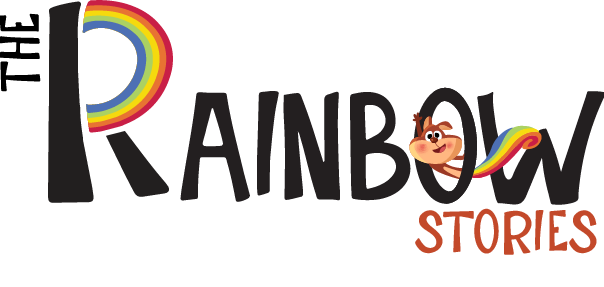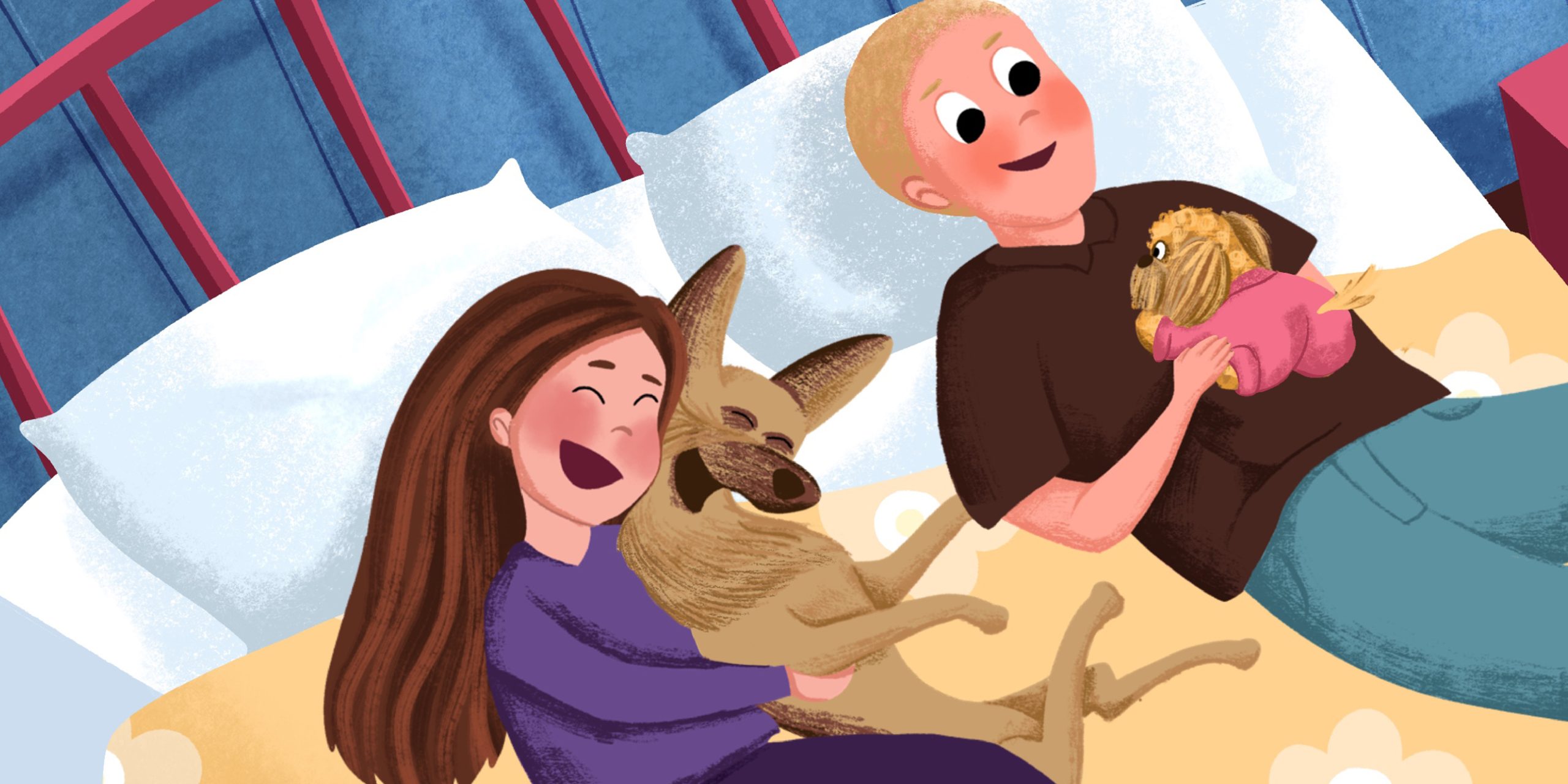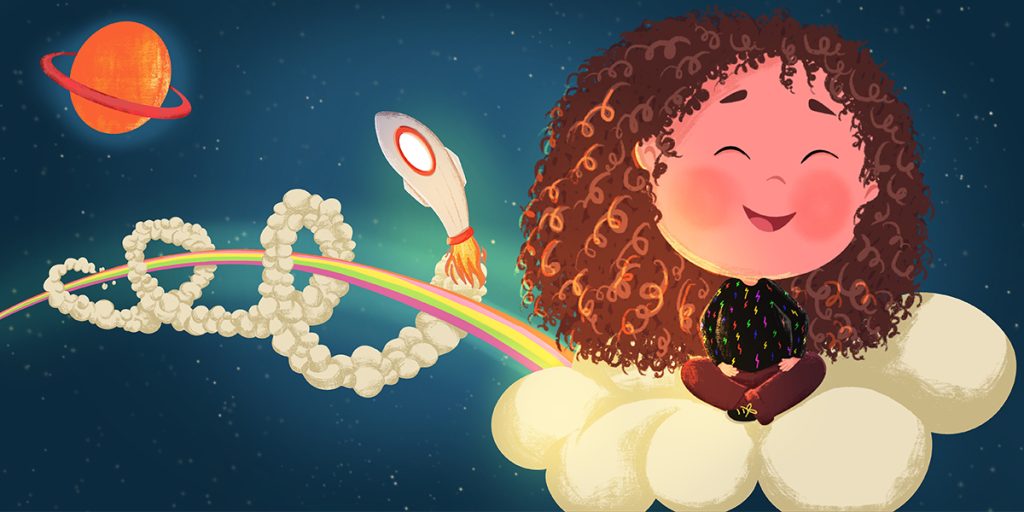Creating a children’s book is a team effort. While the author shapes the story with words, the illustrator breathes life into those words through visuals. But without strong communication and planning, even the most talented teams can struggle. Successful author–illustrator collaboration is about more than just dividing tasks—it’s about building a true creative partnership.
In this article, we’ll explore 10 professional tips to help authors and illustrators work together seamlessly. Whether you’re new to working with a children’s book illustrator or experienced in publishing, these communication tips for authors and illustrators will strengthen your author–illustrator partnership and make your project a success.
1. Define the Shared Vision Early
Before diving into sketches or edits, authors and illustrators must align on the book’s vision. Discuss the story’s tone, target age group, and key emotional moments.
Pro Tip: Create a mood board with sample illustrations, colors, and design inspirations. This helps set expectations and avoids later misunderstandings. You can also see how each visual stage develops from rough sketches to polished illustrations in this behind-the-scenes example of a picture book’s creative process.
2. Respect Each Other’s Expertise
Authors are experts in storytelling, while illustrators specialize in visual communication. Problems often arise when one side oversteps.
Pro Tip: Trust your partner’s expertise. As an author, avoid micromanaging artistic details. As an illustrator, respect the author’s voice and narrative intent.
3. Communicate Clearly and Consistently
Clear communication is the backbone of effective author–illustrator collaboration. Misunderstandings about deadlines, revisions, or page layouts can slow the process.
Pro Tip: Use collaborative tools like Google Drive, Trello, or Slack to keep feedback organized. Always summarize agreements in writing to prevent confusion.
4. Establish Realistic Timelines
Children’s book illustration is not a quick process—it can take months from concept to final artwork. Unrealistic expectations often frustrate both sides.
Pro Tip: Break the project into milestones: storyboarding, rough sketches, color tests, and final artwork. This keeps progress measurable and manageable.
5. Be Open to Feedback
A strong author–illustrator partnership thrives on constructive feedback. However, feedback should be clear, specific, and respectful.
Pro Tip: Instead of saying “I don’t like this,” explain what feels off. For example: “This expression seems too sad for the playful tone we want.” It also helps to recognize what visual mistakes to avoid when illustrating for children, which you can learn about in this guide on improving illustration quality.
6. Balance Creative Freedom with Guidance
Illustrators need space to explore ideas, but they also require direction to stay aligned with the manuscript. Striking this balance is key to working with a children’s book illustrator effectively.
Pro Tip: Share guidelines but allow flexibility. You might suggest “a cozy bedtime atmosphere,” but let the illustrator decide how best to capture it.
7. Discuss Rights and Ownership Early
Conflicts often arise later if usage rights aren’t clarified upfront. Authors need to know how they can use illustrations for publishing, marketing, or merchandising.
Pro Tip: Draft a clear contract that outlines copyright ownership, usage rights, and royalties. This protects both author and illustrator.
8. Respect the Review Process
Illustrations evolve through drafts and revisions. Rushing feedback or requesting endless changes can strain the collaboration.
Pro Tip: Agree on a set number of revision rounds. Provide feedback on time so illustrators can meet deadlines without added stress.
9. Celebrate Each Other’s Wins
Publishing a book is a big achievement. Taking time to acknowledge the effort and celebrate milestones strengthens the creative bond.
Pro Tip: Share each other’s work on social media, credit your collaborator publicly, and include their name prominently in the book. Recognition fuels motivation.
10. Keep the Reader at the Center
Ultimately, the goal of an author illustrator collaboration is to delight young readers. Every decision—from color palette to word choice—should serve the audience first.
Pro Tip: Ask, “Will this make the story more engaging for children?” If the answer is yes, you’re on the right track.
Conclusion
A smooth author–illustrator partnership doesn’t happen by accident—it’s built on respect, communication, and shared goals. By following these 10 pro tips, you’ll create a collaborative environment where both words and art shine.
For authors, remember: working with a children’s book illustrator is not about control but about teamwork. For illustrators, know that your art enhances the author’s vision. Together, you can create books that captivate young readers and leave lasting memories.
At The Rainbow Stories, we bring authors and illustrators together to craft magical picture books. Through professional project management and creative guidance, we make collaboration seamless, enjoyable, and truly rewarding.







